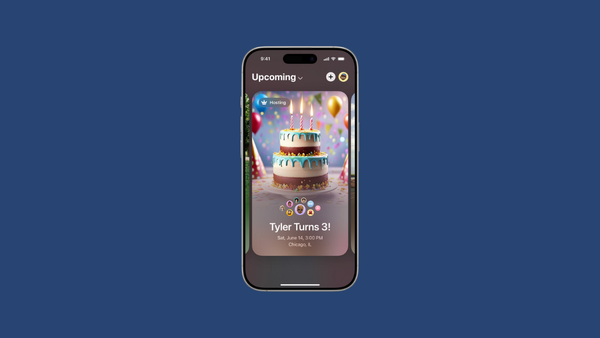Apple launched the iPhone 14 series at the Far Out event a couple of days ago. And while the phones will have many new features, one thing that isn’t a feature at all caught people’s attention more and left them with questions.
iPhones 14, 14 Plus, 14 Pro, and 14 Pro Max are moving away from physical SIM cards, at least in the US – the company announced at the event. What does this mean? That means any iPhones in this series bought in the United States won’t have a tray for a physical SIM card. They will still with a nano-SIM card slot in the rest of the world, though.
How Will Dual eSIMs Work on iPhone 14?
In the US, iPhone 14 series will only have eSIMs. If you need a refresher, an eSIM is an electronic SIM card instead of a physical card that you have to insert into your phone. It is a programmable SIM that’s installed directly onto the SOC and prevents the hassle of having to get a physical SIM from a store.
iPhones have supported eSIMs for quite some years now since they were first introduced in iPhone XS, XS Max, and XR. But prior to this, you could have one physical SIM card on your iPhone and one number running with an eSIM. Now, iPhone 14 will support both numbers via an eSIM only.
But we should stress again that only the iPhone 14 lineup shipped in the US is ditching the physical SIM cards. Things will remain the same everywhere else in the world; the phones will have a physical SIM tray. But if you want, you can use two eSIMs even on these phones. All phones from iPhone 13 onward support two active eSIMs.
You can store up to 6 eSIMs on iPhone 14 and 8 eSIMs on an iPhone 14 Pro. But at any given time, only two of these SIMs, i.e., phone numbers, can be active.
Previously, eSIMs required a Wi-Fi network for authentication. But on the new iPhones that don’t support the physical SIM, you can activate an eSIM without the need for a Wi-Fi network.
eSIM Activation
When you buy an iPhone 14 in the United States, your iPhone will activate with an eSIM. All major carriers in the US – AT&T, Verizon, and T-Mobile – support eSIMs, so it shouldn’t be a problem. But if you’re not on a major carrier that supports an eSIM, it might not be the right time to upgrade to an iPhone 14 variant.
With iOS 16, you can even transfer your eSIM to a new iPhone over Bluetooth. It would make sense since previously, whenever you needed to transfer an eSIM from one phone to another, you had to contact your carrier. How easy the rest of the process would be was entirely up to the carrier. While some made it easy with QR codes or their mobile apps, others made you go to their store for swapping.
Transferring over Bluetooth does make the process a lot easier, but you should note that it is only possible if a carrier supports this feature.
You can activate an eSIM using eSIM Carrier Activation, eSIM Quick Transfer (over Bluetooth), or another activation method.
Ditching the physical slot for the SIM card does have its pros and cons. While the eSIM is relatively easy to set up, it might be hard and confusing for some of the older demographic.
It also currently raises the question of how easy it would be for people to get a prepaid eSIM visiting Europe, Asia, or other parts of the world to avoid the roaming charges. But it is likely that more and more carriers in more countries will start offering eSIMs after this shift on iPhones. Another area where ditching the physical SIM card may prove problematic is when you’re shifting from iPhone to an Android.
But it is a more sustainable approach for the future, as it reduces the wastage of physical SIM cards.










Member discussion